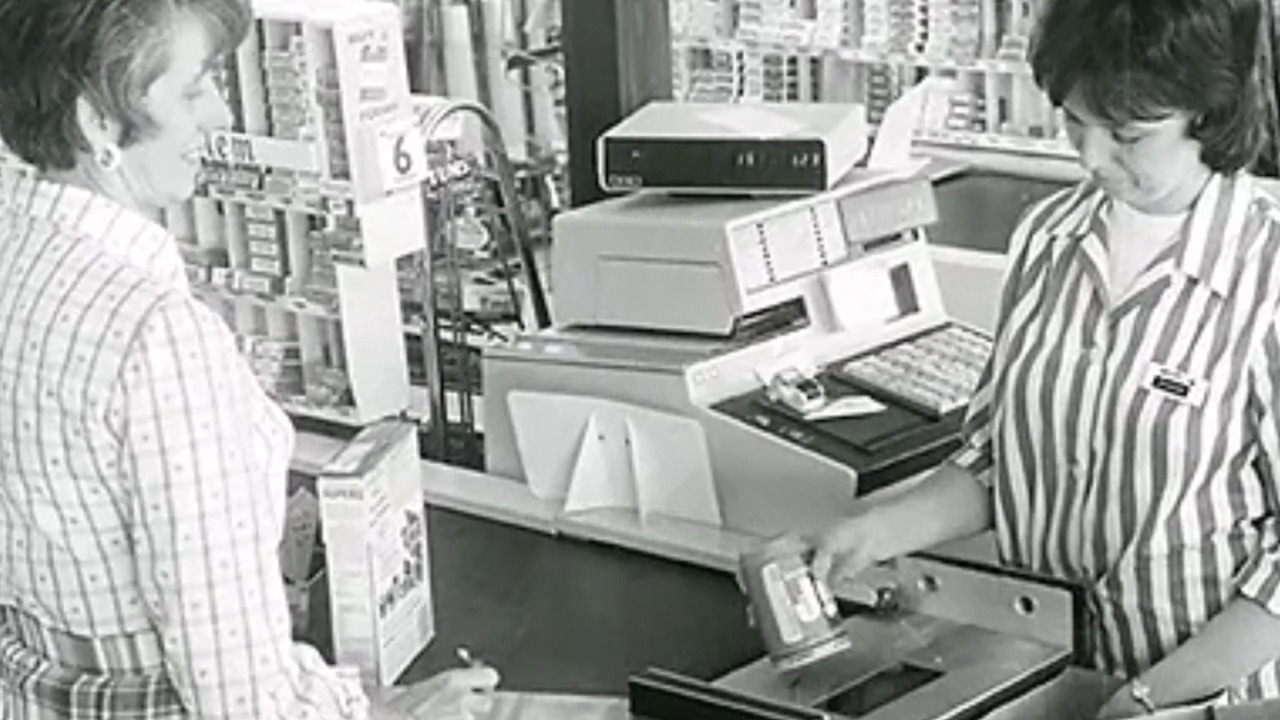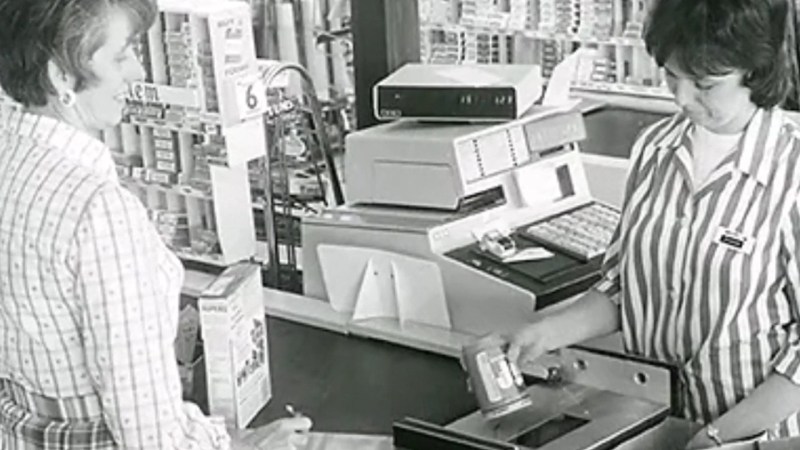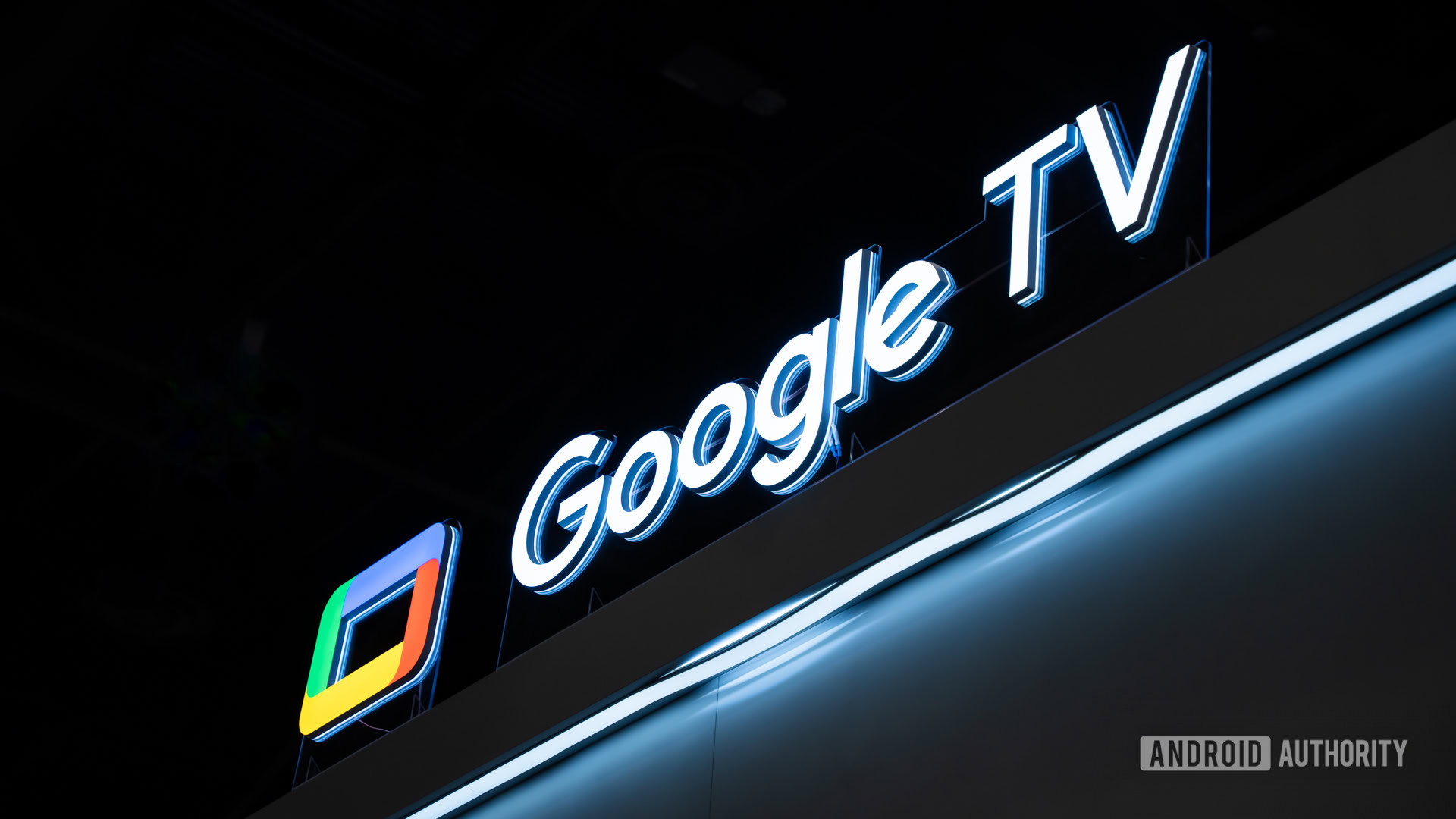Retrotechtacular: Point-of-Sale Through the Years
In days gone by, a common retail hack used by some of the less honorable of our peers was the price tag switcheroo. You’d find some item that you wanted …read more


In days gone by, a common retail hack used by some of the less honorable of our peers was the price tag switcheroo. You’d find some item that you wanted from a store but couldn’t afford, search around a bit for another item with a more reasonable price, and carefully swap the little paper price tags. As long as you didn’t get greedy or have the bad luck of getting a cashier who knew the correct prices, you could get away with it — at least up until the storekeeper wised up and switched to anti-tamper price tags.
For better or for worse, those days are over. The retail point-of-sale (POS) experience has changed dramatically since the time when cashiers punched away at giant cash registers and clerks applied labels to the top of every can of lima beans in a box with a spiffy little gun. The growth and development of POS systems is the subject of [TanRu Nomad]’s expansive video history, and even if you remember the days when a cashier kerchunked your credit card through a machine to take an impression of your card in triplicate, you’ll probably learn something.
The history of POS automation stretches back to the 1870s, perhaps unsurprisingly thanks to the twin vices of alcohol and gambling. The “Incorruptible Cashier” was invented by a saloon keeper tired of his staff ripping him off, and that machine would go on to become the basis of the National Cash Register Corporation, or NCR. That technology would eventually morph into the “totalisator,” an early computer used to calculate bets and payout at horse tracks. In fact, it was Harry Strauss, the founder of American Totalisator, who believed strongly enough in the power of computers to invest $500,000 in a struggling company called EMCC, which went on to build UNIVAC and start the general-purpose computer revolution.
To us, this was one of the key takeaways from this history, and one that we never fully appreciated before. The degree to which the need of retailers to streamline their point-of-sale operations drove the computer industry is remarkable, and the video gives multiple examples of it. The Intel 4004, the world’s first microprocessor, was designed mainly for calculators but also found its way into POS terminals. Those in turn ended up being so successful that Intel came up with the more powerful 8008, the first eight-bit microprocessor. People, too, were important, such as a young Chuck Peddle, who cut his teeth on POS systems and the Motorola 6800 before unleashing the 6502 on the world.
So the next time you’re waving your phone or a chipped credit card at a terminal and getting a sterile “boop” as a reward, spare a thought for all those clunky, chunky systems that paved the way.
Thanks to [Ostracus] for the tip.







































































